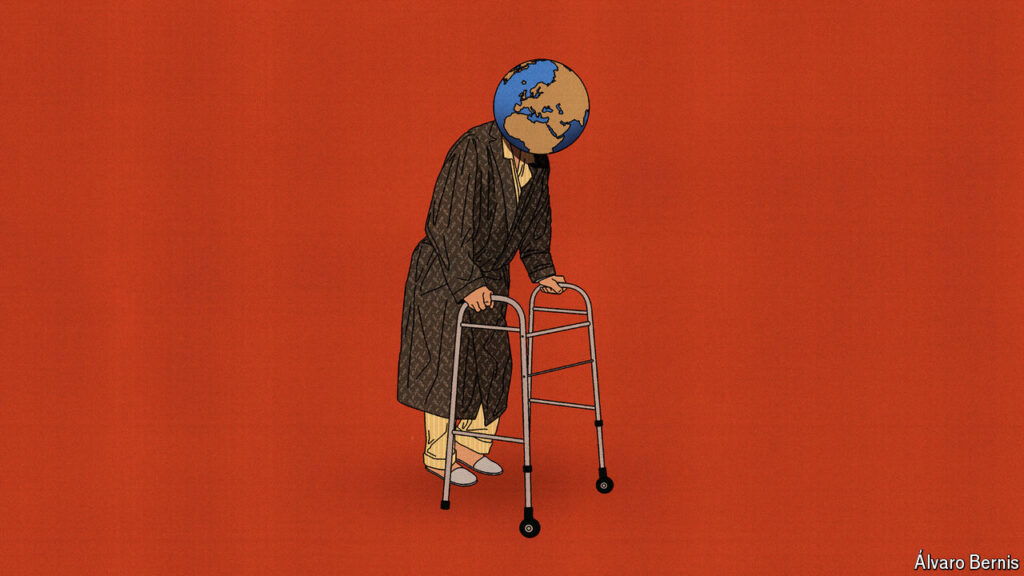In 2064, current forecasts predict that there will be a significant shift in population dynamics, with fewer babies being born than people dying. This would mark a historic moment, as it will be the first time in centuries that such a phenomenon occurs. Birth rates in India are expected to drop below the levels seen in America last year, signaling a global trend towards declining fertility rates. Despite efforts to boost population growth through immigration and pro-natal policies, America will also face limited growth potential by 2100, with fewer migrants available to sustain its population.
As the world’s fertility rate is projected to hit 1.7, only a handful of countries, including two Pacific islands and four African nations, will be able to maintain a population above replacement level. This shift towards lower birth rates will have far-reaching implications for economies around the world, as they grapple with the challenges of an aging population and shrinking workforce. The strain on social security systems, pensions, and healthcare will increase, placing greater fiscal pressure on governments and risking economic stagnation.
The looming demographic crisis poses a significant threat to global economic stability, as countries face the prospect of declining productivity and innovation in the absence of a vibrant and growing workforce. Without a sufficient number of workers to drive economic growth, nations will struggle to meet the demands of an aging population and rising healthcare costs. In addition, the burden of public debt is likely to escalate, exacerbating the financial challenges faced by governments already grappling with the effects of an aging population.
The ability of policymakers to navigate these challenges will be critical in determining the long-term impact of the demographic crisis on global economies. Maintaining budgetary discipline, resisting pressure from older voters, and making tough decisions to ensure the sustainability of future generations will be essential in averting a potential economic catastrophe. By implementing effective policies to address declining birth rates and aging populations, governments can mitigate the negative effects of demographic shifts and promote sustainable economic growth.
In conclusion, the demographic challenges facing the global economy in the coming decades will require strategic and proactive responses from policymakers to ensure the long-term sustainability of economic growth and social welfare systems. By addressing the root causes of declining fertility rates and aging populations, countries can position themselves to overcome the challenges posed by demographic change and secure a prosperous future for successive generations. It is imperative that governments take decisive action to safeguard the economic well-being of their citizens and create a more sustainable future for all.












